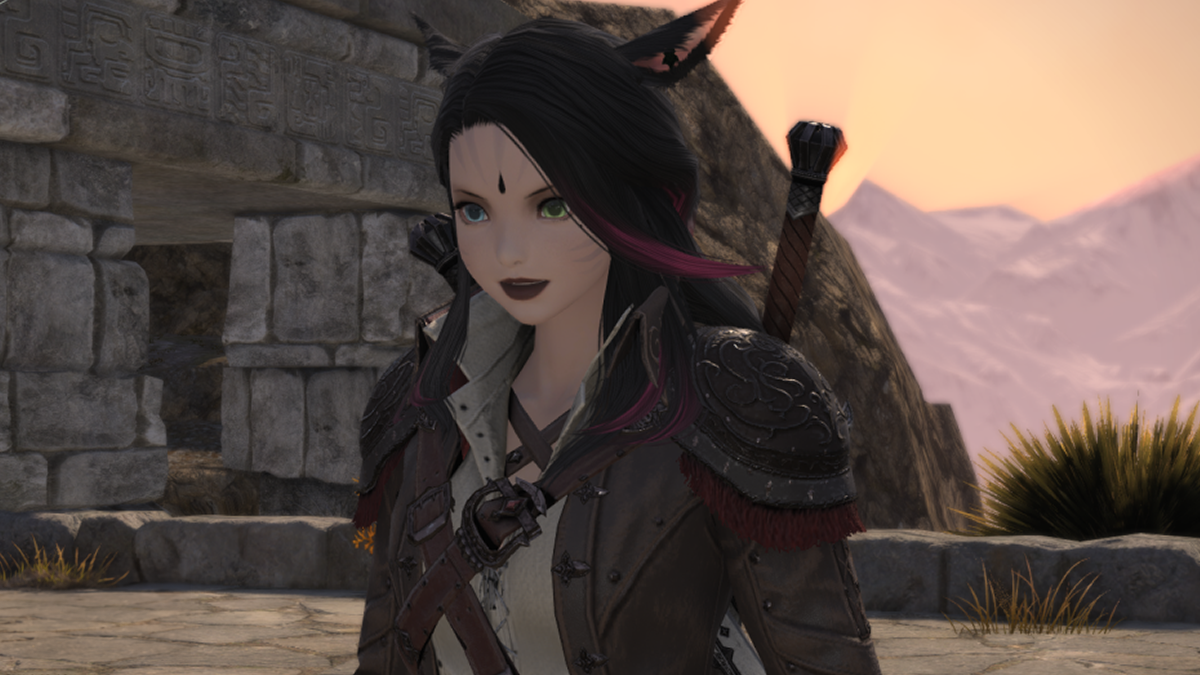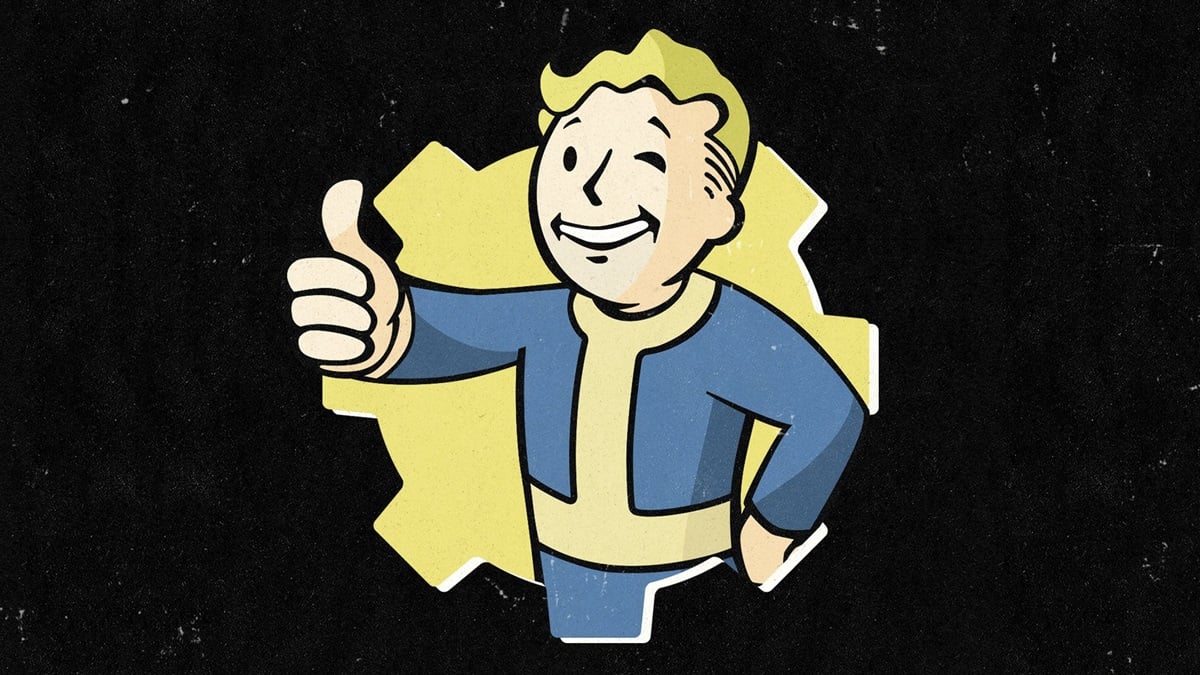

[Editor’s note: naia-the-gamer composes and teaches music for a living, so who better to tell us if Wii Music actually makes for a good educational tool. — CTZ]
Wii Music has caused a lot of controversy in recent months. Gamers have been enraged with Nintendo abandoning their audience in favor of what seems like a toy, and journalists have wondered what Nintendo is thinking. Miyamoto put a different perspective on Wii Music when he came to preschools in Japan to show the world of music-making to young children. The children had fun playing the virtual instruments and expressing their creativity.
I was listening to 1Up Yours and they talked about Wii Music’s potential as an educational tool. Given my education background (I’ve taught everyone from pre-schoolers to adults) and my music background, I thought I would give my perspective. I am speaking not as a gamer, but as a music educator and performer. I’ve played the clarinet for over eighteen years, composing for ten, and teaching for nine. Originally I was going to respond directly to Nick Chester’s revelations on Wii Music, but realized quickly my response was going to be long-winded.

I see this working as a great tool for youngsters who need initial exposure to music. Miyamoto proved that endeavor to be successful when he and others from Nintendo went to a preschool in Japan to play with kids. It’s great for kids to express creativity, and the game could even open them up to a life of music. Wii Music has great potential at the preschool and kindergarten level. This easy access to improvisation will also help many music teachers achieve their goal of adding improvisation and composition to their curriculum. This is a goal that has been put out by MENC (Music Educators National Conference) as one that all music teachers should strive to have in their curriculums. Typically, this is one of the more difficult goals to implement due to funding issues. There was no such composition or music improvisation training when I was a kid.
However, once the child gets past a certain level, were he/she to apply any of this to playing an actual instrument, it would show where Wii Music is flawed.

I tried it at PAX, because I wanted to see for myself how it worked. I could finally talk about the game and feel like I could back up my statements, right? I tried to play an instrument in their free play mode and found that the game doesn’t let you play any of the music “correctly.” The game is too mechanical to register things like rhythm, tempo, and so forth in a way that is musical. This is why all the demos we have heard all sound like fifth graders playing in a band, regardless of experience. This isn’t a problem for the youngsters, as many of them have hands too small to handle playing most musical instruments to begin with. But once initial training has started on an instrument and the concepts of expression and musicality are introduced, Wii Music becomes irrelevant.
I understand that Wii Music does allow their users to change dynamics. When I played the clarinet on Wii Music, I could tilt the Wii Remote higher to increase the volume. However, remember that Wii Music only uses general MIDI sounds. There are no samples of instruments either recorded or taken from sample libraries. It’s as archaic as it was in 1998. This will not teach the musician to identify the changes in color that happen when they change dynamics on their instrument. It also will not teach the musician how to control their tone with said dynamics. Once students reach the middle school level, this becomes essential in their training.
Another issue with Wii Music is very apparent when playing with others. Real music isn’t 100% precise. There is some give or take, which adds the human element to music. Wii Music isn’t conducive to that, and being even slightly off will become apparent. This flaw is also obvious with the maestro mini-game, although it may be good for younger students to teach them about keeping a strict beat. Again, music breathes; Wii Music isn’t programmed for that.

What I can see having potential for older students is the Hand Bell Harmony and Pitch Perfect modes. Both modes have the user match pitches played by Wii Music. This is a great way to get students started with ear training, which is particularly useful for brass and string players to find their pitches correctly. Unfortunately, I have yet to try these modes, and after watching the videos, it seems like these modes don’t help people recognize intervals. This is another problem with young brass and string players as they deal with only three valves or strings without a fret board. Once again, there was potential, but limited only to the beginner level.
I applaud Miyamoto for trying to show the potential of this as a tool, as it shows what the game can do. However, one must bear in mind that this potential is limited. Once students have reached a level of musical maturity, Wii Music is no longer relevant. Nintendo’s plan to have this tool be for everyone may be technically true, but older users will be limited to how they can benefit musically. It’s in the right direction, but Wii Music doesn’t completely make it as a music education tool.



